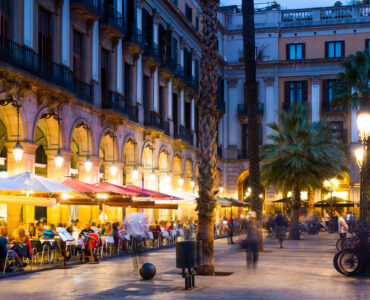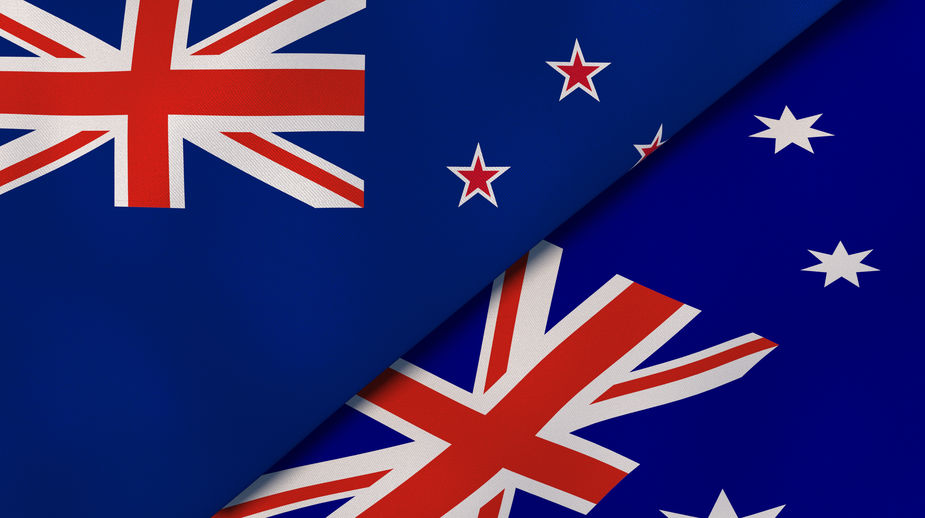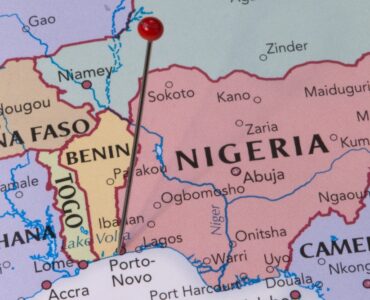The United States and Canada share the same continent and boast the longest border in the world. This border is undefended in a military sense, allowing Americans and Canadians to cross back and forth with relative ease. In many respects, the cultures of the two countries are similar. However, Americans travelling to Canada will notice several subtle (and some not so subtle) differences. These differences are sometimes quirky, sometimes historic, but always essential to the Canadian identity.
Canadian English Spelling
For example, subtle differences can be detected in the spelling of words. For the most part, Canadians hold to the British spelling of words. Instead of “honor,” it’s “honour.” Instead of “donut,” it’s “doughnut.” “Center” is “centre,” and while “counselor” is generally used by Americans, “counsellor” is primarily used by Canadians. Truth be told, Canadians are becoming more and more flexible in which spelling is used. This is possibly due to the widespread use of Americanized spelling online combined with the influence of American media within Canada.
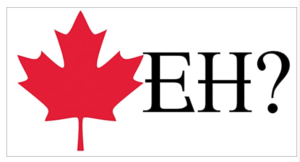
One of the more popular stereotypes is that Canadians make wide use of the term “eh.” This expression is often tacked onto the end of a sentence to transform it into a question or to emphasize a point. For example, “So you’re heading to the mall, eh?” or “I scored two goals in the hockey game, eh.” It is a remarkable concise and useful term, which can even be used alone. A simple “Eh?” can be used to replace the lengthier, “I’m sorry, I didn’t hear what you said. Would you mind repeating it?”
Canadian Sports
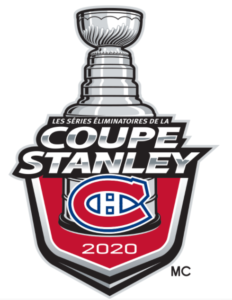 Sports culture is another significant area of difference. While much of the United States is located in regions that rarely see snow or experience below-freezing temperatures, all of Canada is subject to harsh winter conditions. As a result, Canadians have created and/or adopted several winter sports. Hockey is the most prominent sport in Canada, with over half of the players in the National Hockey League (NHL) being Canadian. Curling—a sport unfamiliar to many Americans—is another national pastime in Canada. Canadians perform well at international competitions for figure skating and speed skating as well as more obscure sports such as bobsleigh, luge, and skeleton. Because of their proficiency at these winter sports, the Canadian contingent at the 2010 Winter Olympics in Vancouver set a record for the most gold medals won at one Winter Olympic Games.
Sports culture is another significant area of difference. While much of the United States is located in regions that rarely see snow or experience below-freezing temperatures, all of Canada is subject to harsh winter conditions. As a result, Canadians have created and/or adopted several winter sports. Hockey is the most prominent sport in Canada, with over half of the players in the National Hockey League (NHL) being Canadian. Curling—a sport unfamiliar to many Americans—is another national pastime in Canada. Canadians perform well at international competitions for figure skating and speed skating as well as more obscure sports such as bobsleigh, luge, and skeleton. Because of their proficiency at these winter sports, the Canadian contingent at the 2010 Winter Olympics in Vancouver set a record for the most gold medals won at one Winter Olympic Games.
This does not negate the fact that Canadians are increasingly successful in other more “American” sports. Canadians such as Steve Nash and Joey Votto have won MVP honours in the National Basketball Association (NBA) and Major League Baseball (MLB) while Paul Tracy and Jacques Villeneuve have excelled at race car driving. George St. Pierre has reigned supreme in the octagon of Mixed Martial Arts (MMA).
The Metric System
Another significant area of difference between Canada and the U.S. is found in the primary units of measurement. Throughout the 1970s and 1980s, Canada adapted to the metric system as its primary standard of measurement while the United States remained with the U.S. customary system (except in certain fields such as science and technology). Americans traveling in Canada for the first time may be surprised and perhaps a little excited to see road signs designating the speed at 100 km/h. Once converted, though, this speed is the equivalent of 62 mph. Oddly, Canadians do not consistently use the metric system. While Canadians generally use units of distance that are based on the meter, many Canadians still use pounds and ounces when measuring weight.
Currency
Most people already know that Canadian dollars are not equivalent to US dollars. At the time of the writing of this post, the greenback is worth about 30% more than the Loonie (slang for the Canadian currency). So if you are visiting Canada, either change your US money to Canadian or just go to a local ATM.
Canadian Government
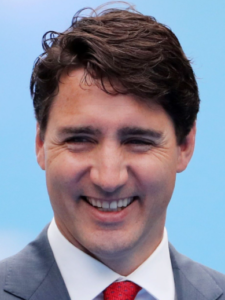
Americans may also be unfamiliar with the Canadian style of government. While still a member of the Commonwealth of Nations, Canada essentially operates independently. Canadians achieved this independence through diplomacy rather than a revolutionary war. The official head of state in Canada is the British Monarch, with the Governor General of Canada (or viceroy) acting as the Monarch’s representative. In practice, though, the Governor General operates largely in “rubber stamping” and ceremonial roles.
Most of the time, the politicking is left to the elected Members of Parliament (MPs) and the Senate. The MPs are elected regional representatives, each belonging to a federal political party (unless elected as an independent). The Prime Minister, while officially selected by the Governor General, is typically the leader of the party with the most elected MPs. This means that Canadians do not directly vote for the Prime Minister, though the party leader usually influences which MPs Canadians vote into the Parliament’s House of Commons. The Senate, another branch of Parliament, consists of senators appointed by the Governor General on the advice of the Prime Minister.
Military Heritage
Internationally, Canadians are often noted for their courteous and humble nature. While the Canadian military has played a vital role in several major historic battles, Canadians are just as proud of their reputation as peacekeepers. Canadians frequently assist in the rebuilding process following wars and disasters in nations around the world.
Quebec-A Country Within a Country
If Americans visiting or relocating to Canada may find the differences between the two countries subtle, the same can’t be said about Quebec. As anyone who has visited Quebec knows, French is the main spoken language of Quebec. Shop owners will often greet customers by saying Bon Jour (the French equivalent of Hello). Many of the hard-core Francophones in Quebec speak little or poor English, and some will not even bother to answer you in English. It is estimated by the Canadian government that over 80% of the population in Quebec are Francophones who speak French as their first language. That’s why so American companies focus significant efforts to adapt their products and marketing campaigns to the Canadian market. French Canadian translation services are key to these efforts.
Appreciating Canadian Culture
It can take some time for Americans to become acquainted with the nuances of Canadian culture, and even longer to become comfortable with some of them. It is vital, though, to respect the differences and appreciate the history. Whether moving to Canada or just visiting, it is worth the effort to understand the rich cultural diversity of Canada.
About the Author

Greg Hanson is a freelance writer and public speaker specializing in matters of practical faith. Greg has spoken to audiences in the U.S. and in Canada, and his writings have been used by speakers and leaders around the world. As a pastor, Greg helps people deal with a variety of relational, financial, and spiritual issues. As a sports enthusiast (hockey in particular) he is informed about what happens on the ice/field and in the front office. While he writes on a variety of topics, Greg’s primary areas of interest include: parenting, relationships, sports, TV and movies, leadership, office management, holidays, the Christian faith, and self-improvement. Greg resides in Atlantic Canada with his wife children.

